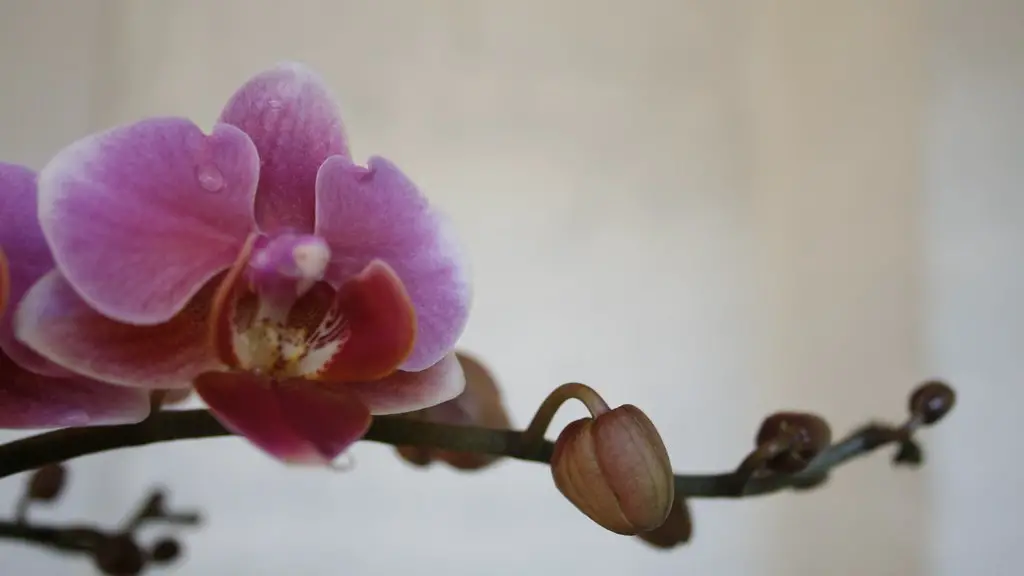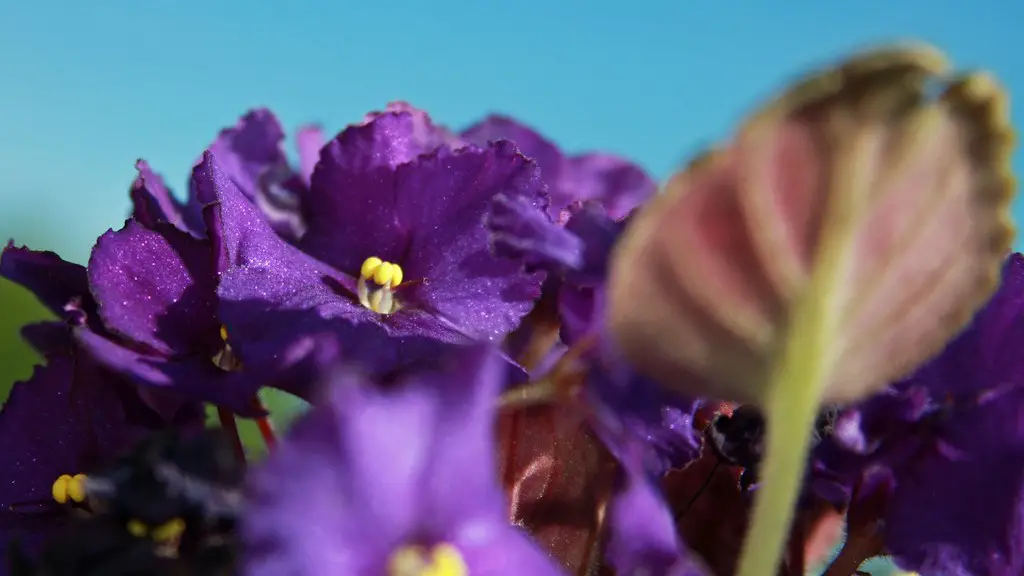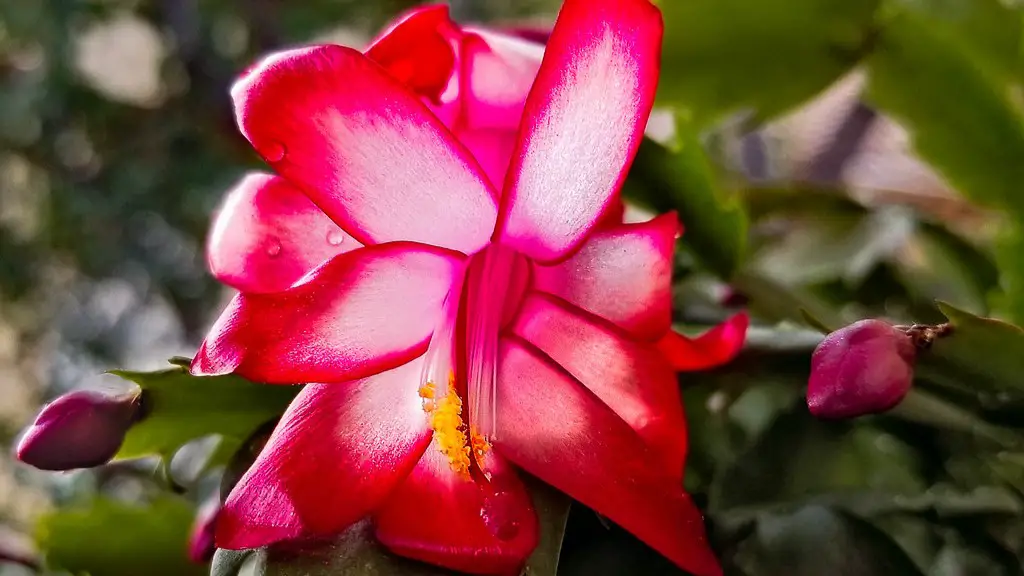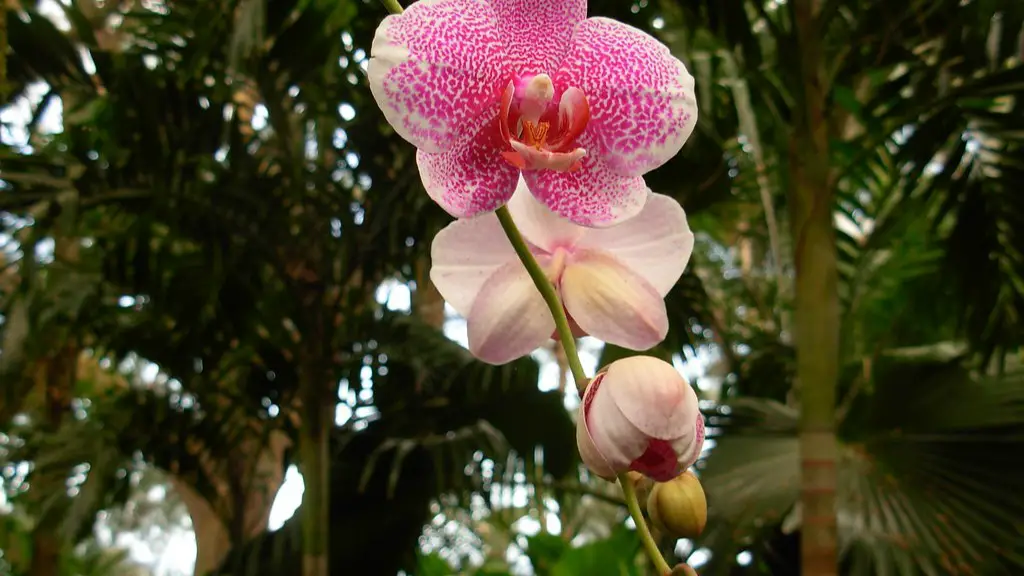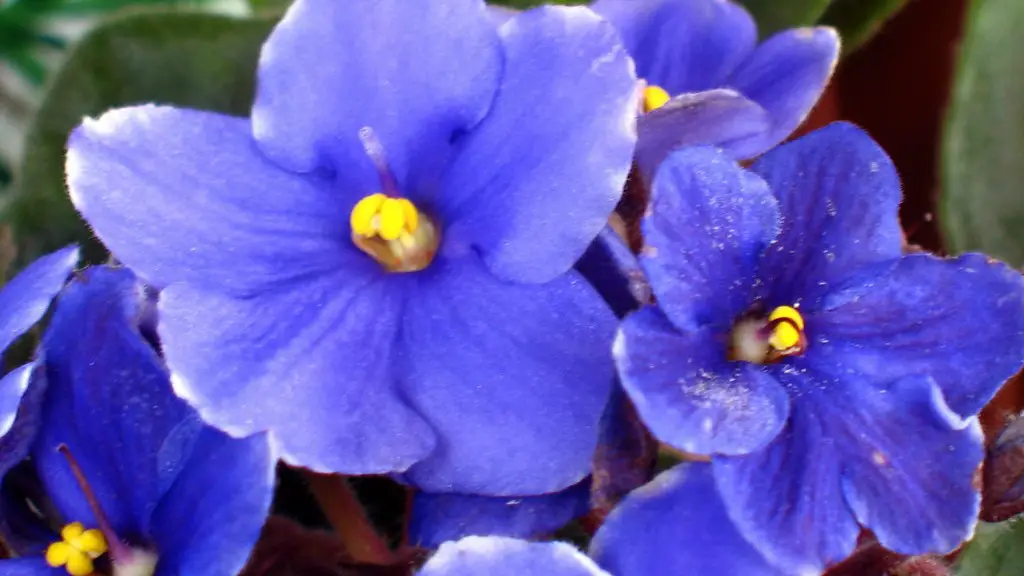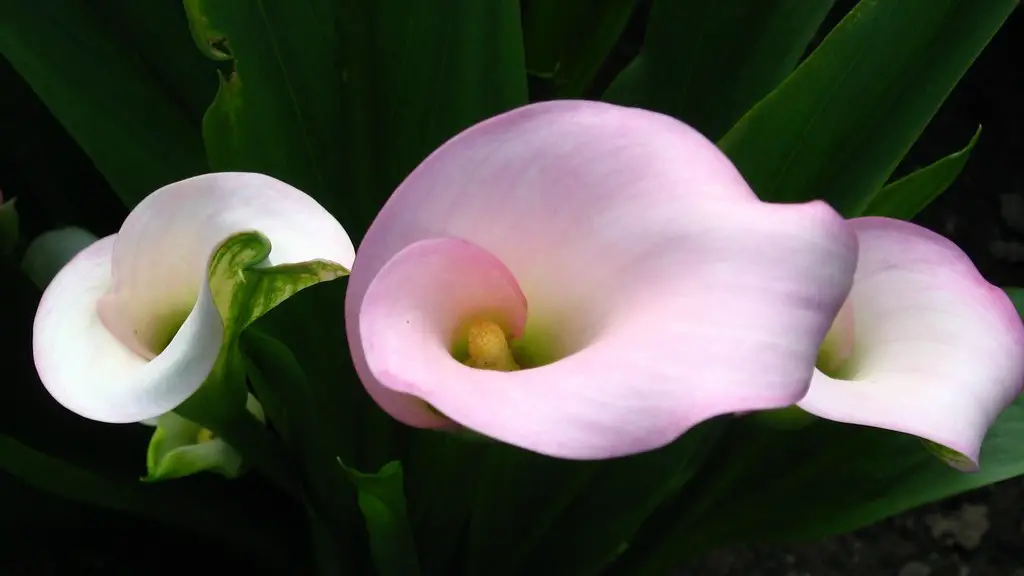In order to take care of a phalaenopsis orchid plant, there are a few things to keep in mind. First of all, it is important to give the plant enough light. However, too much direct sunlight can scorch the leaves, so it is important to find a balance. The plant also needs to be kept in a humid environment, as too little moisture will cause the leaves to drop. Finally, the plant should be fertilized every two weeks in order to promote growth.
Phalaenopsis orchids are one of the most popular types of orchids, and they are also one of the easiest to care for. Just follow these simple tips and your orchid will thrive:
Light: Phalaenopsis orchids prefer bright, filtered light. If you don’t have a spot in your home that gets bright light, you can grow your orchid under grow lights.
Water: Water your orchid every 1-2 weeks, making sure that the potting mix is evenly moist but not soggy. Allow the potting mix to dry out slightly between waterings.
Fertilizer: Use a balanced fertilizer for orchids (such as 20-20-20) every other week during the growing season.
Temperature: Phalaenopsis orchids prefer warm temperatures, between 70-85 degrees Fahrenheit.
Humidity: These orchids like high humidity, so mist your plant daily or set the pot on a tray of pebbles and water.
Potting mix: Use a potting mix specifically designed for orchids that contains bark chips or other ingredients that provide good drainage.
Repotting: Repot your orchid every
How often should I water my Phalaenopsis orchid?
If you have a Phal orchid that is potted in bark, you will generally only need to water it once a week. If your plant is potted in moss, you will need to water it when the top feels dry. The amount of light and heat your plant receives will also affect how often your Phal needs watering. Summer months will need more frequent watering, while winter will need less.
If you want your orchid to rebloom, make sure to give it plenty of light. Place it in an area that receives bright, indirect sunlight for best results. The more light your orchid gets, the longer its blooms will last and the greater its chances of reblooming.
How do you care for an indoor potted orchid
Orchids are tropical plants that prefer warm temperatures between 60 and 80 degrees Fahrenheit. Avoid drafts, cold spaces, rooms with sudden temperature drops, and hot air vents. Orchids will flourish in air that is 50 percent humidity or above. They can do well in moist places such as by a kitchen window.
Orchids are one of the most popular houseplants, and for good reason: they’re beautiful, low-maintenance, and easy to care for. However, even the most experienced gardeners can have trouble keeping their orchids alive and thriving. If you’re having trouble with your orchid, here are five care tips that will help you get your plant back on track.
1. Water weekly. Just because your orchid no longer has its blooms doesn’t mean you should stop watering it. Watering once a week is sufficient to keep your orchid healthy.
2. Fertilize. Give your orchid a boost with a monthly dose of fertilizer. This will help it stay healthy and encourage new growth.
3. Give it plenty of indirect light. Orchids do best in bright, indirect light. If your orchid is getting too much direct sun, it will start to wilt.
4. Move your orchid to a cooler room. Orchids prefer cool temperatures, so if your home is on the warm side, consider moving your orchid to a cooler room.
5. Give some life to your dormant orchid. If your or
Should I mist my Phalaenopsis orchid?
Orchids thrive in humid conditions because they are tropical plants. The best way to recreate their humid home is by misting them with a spray bottle.
Orchids are a beautiful, delicate plant that require special care. One way to care for your orchid is to set it on top of pebbles in a water-filled tray. Make sure that the water does not touch the bottom of the pot, as this can cause the plant to rot. The evaporating water will humidify the air around the plant, providing the ideal environment for your orchid to thrive.
What triggers flowering in Phalaenopsis?
Most phalaenopsis species are native to areas close to the Equator and do not need a specific photoperiod to induce flowering. Instead, it is the low temperature that triggers phalaenopsis to start the flowering process. When the temperature drops, phalaenopsis will start to produce new leaves and buds. This is the cue for growers to start giving the plant extra light and fertilizer to encourage blooming.
This is an amazing plant that can last for a long time as a houseplant. By taking care of it properly, you can enjoy its beauty for many years to come.
What triggers an orchid to bloom
To ensure that your orchids bloom, it is important to provide them with adequate light. While other factors such as temperature and water availability can play a role in promoting blooming, adequate light is essential. Make sure to provide your orchids with bright, indirect light for best results.
Orchids are a type of plant that prefer a small pot. They will weave their roots through the compost as they grow. However, they will eventually run out of room and their roots will push the plant up above the rim of the pot or reach out into the air. This is a sure sign that it is time to re-pot the plant.
Where is the best place to keep an orchid indoors?
Orchids require a lot of light to grow, but too much direct sunlight can scorch their leaves. The ideal spot for growing orchids is a south- or east-facing window. If you can’t find a good location to grow your orchids, placing them under artificial lights is the last resort.
Orchids are one of the easier plants to care for and water. The best way to water your orchid is to soak it in a bowl of water once a week or two. This will help to keep the moss moist and avoid any chance of the plant rotting.
How long does it take for a Phalaenopsis orchid to rebloom
A phalaenopsis orchid typically blooms for several months at a time, and can be pollinated again during this period. It takes anywhere from 9 to 14 months for an orchid to complete a life cycle. If it does not die, it can typically re-bloom once every 8 to 12 months.
It’s that time of year again! Phalaenopsis orchids are just about to bloom in the late winter through the spring. In late June and July, our collection of Phalaenopsis orchids will finally lose their blooms, but some may remain in bloom for awhile longer. The ideal time to repot orchids is when they go out of bloom, and Phalaenopsis is no exception.
Where do you cut the orchid after the blooms fall off?
Orchids are beautiful, flowering plants that come in many different colors, shapes, and sizes. One of the most important things to know when it comes to caring for orchids is how and when to properly trim the spikes. Trimming the spikes is important because it allows the plant to focus its energy on producing new, healthy growth. It also helps to prevent the spread of disease and pests.
There are a few different ways to trim orchids, depending on the type of plant and the health of the spikes. For unhealthy, brown spikes, it is best to cut all the way back to the base of the plant. This will allow the plant to put all of its energy into producing new, healthy growth. For double-spike orchids, it is best to cut one spike at the base of the plant and the other spike 1 inch above the node under the lowest flower bloom. This will allow the plant to focus its energy on the healthier of the two spikes.
Whatever method you choose, it is important to be careful not to damage the plant and to sterilize your scissors or pruning shears before each use.
The crown is the center of the orchid, and the places in between the leaves and the stem are dry.
How long should I soak my Phalaenopsis orchid
To ensure your orchid is getting the right amount of water, soak the pot in a bowl of water for about 10 minutes. Allow the water to drain out completely before returning the pot to its drainage tray or saucer. Uneven watering can result in shallow or uneven root growth, so it’s important to water your orchid evenly. Check the pot after watering to make sure it’s not sitting in any water.
The Phalaenopsis orchid is one of the most popular orchids due to its easy care and beautiful blooms. This orchid is also known as the moth orchid because of the shape of its flowers. Phalaenopsis orchids are native to tropical Asia and can be found in a variety of colors including white, pink, purple, and red. These orchids are relatively easy to care for and make great houseplants.
Conclusion
Picking the right pot is important for orchids because if the pot is too small, the roots will be crowded and won’t have room to grow. If the pot is too large, the plant will be unstable and top-heavy. Pick a pot that is only slightly larger than the current pot.
Water your orchid deeply, but only when the soil is dry. Water on the leaves will cause brown spots.
Fertilize your orchid bi-weekly with a balanced fertilizer.
To encourage blooming, stagger nights of complete darkness with nights of partial darkness. during the fall and winter, give your orchid 12 hours of darkness followed by 12 hours of light.
Picking the right pot is important for orchids because if the pot is too small, the roots will be crowded and won’t have room to grow. If the pot is too large, the plant will be unstable and top-heavy. Pick a pot that is only slightly larger than the current pot.
Water your orchid deeply, but only when the soil is dry. Water on the leaves will cause brown spots.
Fertilize your orchid bi-weekly with a balanced fertilizer.
To care for a Phalaenopsis orchid, water it regularly and place it in a sunny spot. fertilize it weekly and repot it every two years. After the plant blooms, cut the stem back to about six inches.
